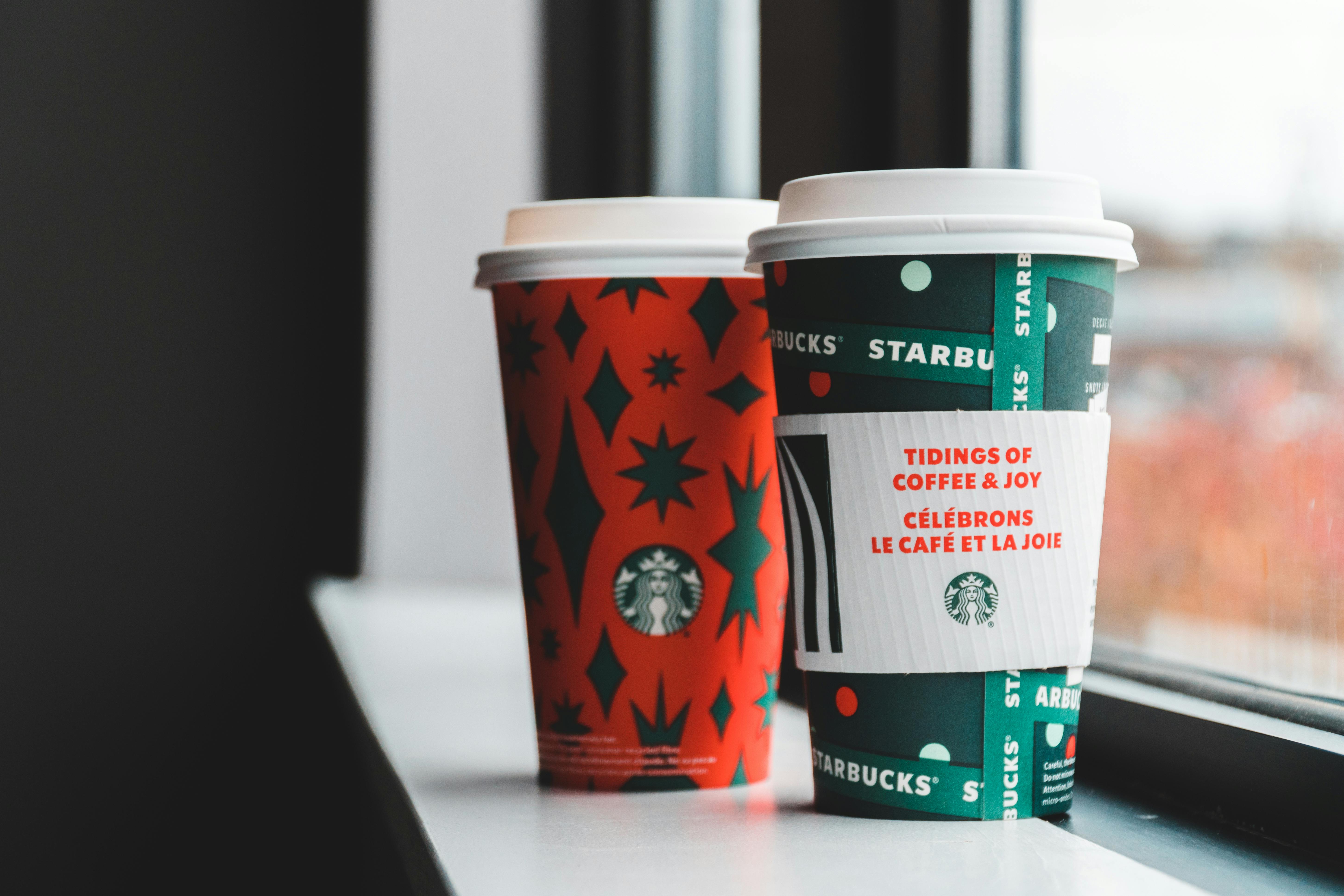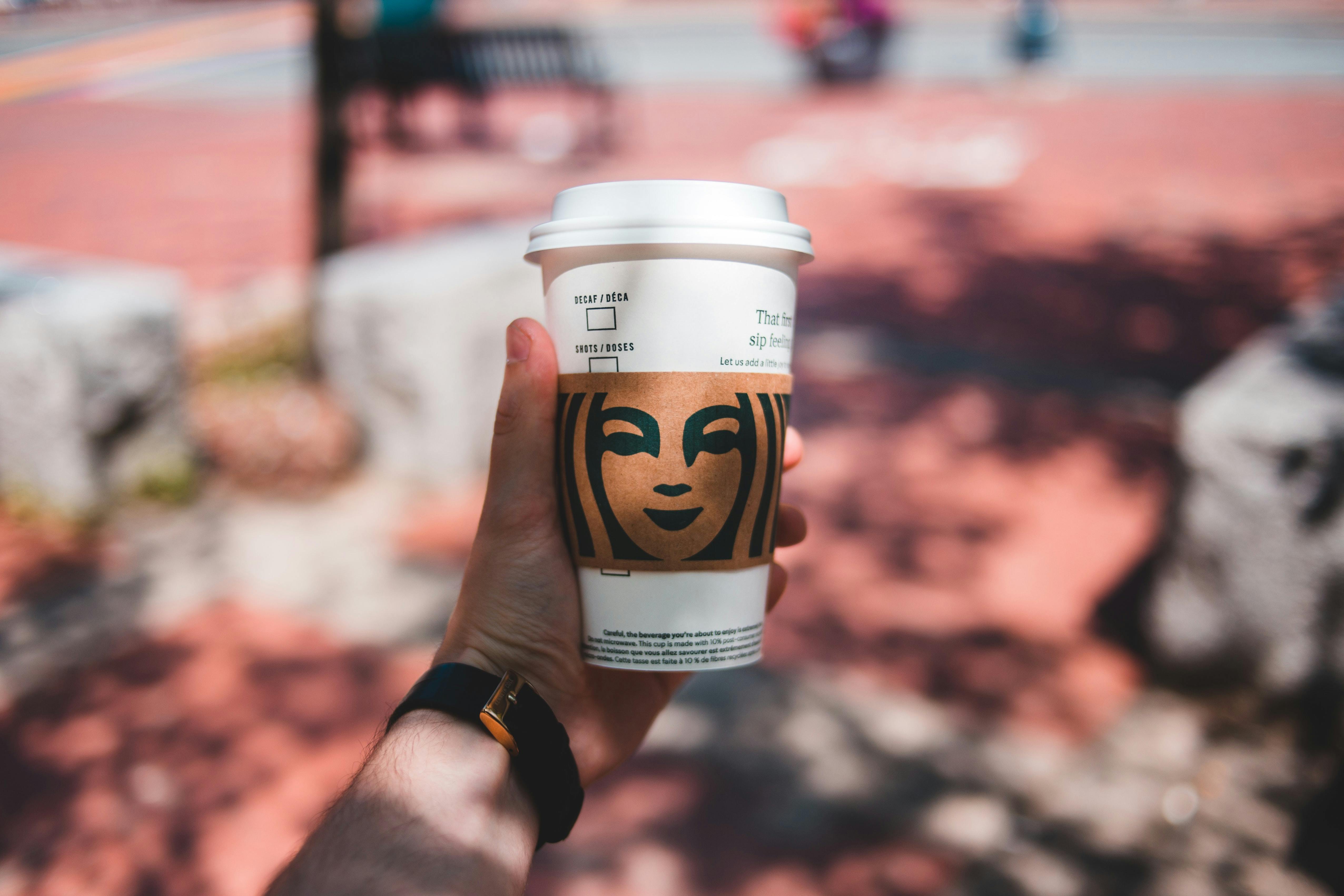When it comes to caffeine-free beverages, hibiscus tea is often at the top of the list. But is hibiscus tea truly caffeine free? In this article, we explore the truth behind this popular beverage and discover if it is indeed a caffeine-free delight.Yes, hibiscus tea is caffeine-free.
What is Hibiscus Tea?
Hibiscus tea, also known as roselle tea or sour tea, is an herbal tea made from the sepals of the Hibiscus sabdariffa flower. It is tart and acidic in flavor, and naturally caffeine-free. Hibiscus tea has been consumed for centuries due to its many medicinal benefits, such as aiding digestion, lowering blood pressure, and easing menstrual cramps. Hibiscus tea can be enjoyed hot or cold, and it may be sweetened with honey or sugar.
The health benefits of drinking hibiscus tea are numerous. It contains antioxidants that help reduce inflammation in the body and protect against free radical damage. Additionally, hibiscus tea is high in Vitamin C which helps strengthen the immune system and promote skin health. Studies have also shown that hibiscus tea can help reduce cholesterol levels and regulate blood sugar levels. Furthermore, it can improve digestion by increasing the production of stomach acid which helps break down food more effectively.
Hibiscus tea has a unique flavor that is both tart and slightly sweet. It can be enjoyed on its own or blended with herbs such as peppermint or ginger for extra flavor. Since it is naturally caffeine-free, hibiscus tea makes a great afternoon pick-me-up when you need a break from coffee or other caffeinated beverages. Additionally, it can be used to make a refreshing iced drink on hot summer days or even added to cocktails for a twist on traditional recipes.
Overall, hibiscus tea is a healthy beverage with numerous medicinal benefits that can be enjoyed all year round!
Health Benefits of Hibiscus Tea
Hibiscus tea is made from the calyces of the roselle flower, also known as Hibiscus sabdariffa. It has a tart, cranberry-like flavor and offers a wealth of potential health benefits. Studies suggest that drinking hibiscus tea may help lower blood pressure, reduce inflammation, and even help with weight management.
The most significant benefit of hibiscus tea is its effect on blood pressure. A systematic review of 9 studies found that consuming hibiscus tea could significantly reduce both systolic and diastolic blood pressure levels. The potential mechanism behind this effect is related to the antioxidant properties of the tea which may help relax your blood vessels and improve circulation.
In addition to its cardiovascular benefits, hibiscus tea may also have anti-inflammatory effects. A study in rats found that consuming hibiscus extract reduced inflammatory markers in the animals’ brains and livers. Another study found that drinking hibiscus tea for 4 weeks helped reduce inflammation in people with metabolic syndrome, a group at high risk for heart disease and other chronic diseases.
Finally, research suggests that drinking hibiscus tea might aid with weight loss efforts as well. A small study in overweight women showed that drinking 3 cups of hibiscus tea per day for 6 weeks significantly reduced body weight and body fat percentage compared to a control group. The researchers attributed these effects to the anti-obesity properties of the antioxidants in the tea.
In conclusion, there are many potential health benefits associated with drinking hibiscus tea including lower blood pressure levels, reduced inflammation, and improved weight management outcomes. However, more research is needed to confirm these findings before strong recommendations can be made about drinking this type of tea for health reasons.
Gathering the Ingredients
To make hibiscus tea, you’ll need hibiscus flowers, sugar, and boiling water. You can buy dried hibiscus flowers from a health food store or online. If you have access to fresh flowers, pick them during the summer months when they are in season and dry them yourself. You can also use honey or another sweetener instead of sugar if you prefer.
Preparing the Tea
Once you’ve gathered your ingredients, start by bringing a pot of water to a boil on the stove. Then measure out 1-2 tablespoons of dried hibiscus flowers and add them to the boiling water. Let them steep for 5-10 minutes before straining out the flowers using a fine mesh sieve or cheesecloth. Next, add sugar or honey to taste and stir until it has dissolved completely.
Serving the Tea
Once your tea is ready, pour it into glasses and serve hot or cold. If desired, you can garnish each glass with a slice of lemon or lime for added flavor. Hibiscus tea can also be enjoyed over ice for an extra refreshing drink on hot summer days. Enjoy!
Does Hibiscus Tea Have Caffeine?
Hibiscus tea is a popular beverage that is known for its tart flavor and deep red color. It is often used as a caffeine-free alternative to traditional teas and can be enjoyed both hot and cold. But does hibiscus tea actually contain caffeine?
The short answer is no, hibiscus tea does not contain any caffeine. It is made from the dried petals of the Hibiscus sabdariffa flower, which do not naturally contain any caffeine. This makes hibiscus tea an excellent choice for those looking for a caffeine-free alternative to traditional teas.
However, there are some instances in which hibiscus tea may contain small amounts of caffeine. This is usually due to contamination during processing or packaging, or if other ingredients with caffeine are added to the tea blend. To be sure that your hibiscus tea is completely free of caffeine, read the label carefully before purchasing it.
In addition to its lack of caffeine, hibiscus tea has many other health benefits. It is high in antioxidants and can help support a healthy immune system. It can also help lower blood pressure and cholesterol levels, as well as reduce inflammation in the body. For these reasons, many people opt to drink hibiscus tea instead of traditional teas for its health benefits and lack of caffeine content.

What Does Hibiscus Tea Taste Like?
Hibiscus tea has a tart, cranberry-like flavor that is often described as both fruity and floral. While the flavor of hibiscus tea can vary from brand to brand, it typically has an acidic taste with a hint of sweetness. The flavor also has a slight herbal aftertaste. Depending on how it is prepared, hibiscus tea can be moderately sweet or quite sour and tangy. It is also common for hibiscus teas to be blended with other herbs and flavors like mint, ginger, or lemongrass to round out its tartness.
When brewed properly, hibiscus tea has a deep red color that can range from ruby red to dark purple. Additionally, some brands will add artificial colors to make their teas look brighter and more vibrant. The color of the brew depends greatly on how long it is steeped and the type of hibiscus used in the blend. For example, a longer steeping time will result in a darker colored tea while shorter brewing times will produce lighter shades of red.
Overall, hibiscus tea is an enjoyable drink that can be enjoyed either hot or cold. Its unique flavor makes it an excellent choice for those looking for something different from their regular cup of black or green tea.
Is There Any Caffeine in Decaffeinated Hibiscus Tea?
Hibiscus tea is a popular herbal beverage enjoyed around the world. It has a deep, tart flavor and is packed with antioxidants. Hibiscus tea can be enjoyed caffeinated or decaffeinated, depending on the preference of the drinker. Many people are curious to know if there is any caffeine present in decaffeinated hibiscus tea. The answer is yes, but it depends on how the decaffeination process was done.
Decaffeination processes involve either chemical solvents or water to extract caffeine from the beans, leaves, or fruits used to make beverages like hibiscus tea. The amount of caffeine left in the product after decaffeination varies based on the method used. For example, when using chemical solvents like methylene chloride or ethyl acetate, trace amounts of caffeine may remain in the beverage. Water-based decaffeination processes typically result in a beverage with no more than 0.1% of its original caffeine content remaining.
Regardless of which method is used for decaffeinating hibiscus tea, it can still contain small amounts of caffeine due to these processes not being 100% effective at removing all traces of it from the product. Therefore, even if you are looking for a completely caffeine-free beverage, you may want to look for one that specifically states that it is “caffeine-free” rather than just “decaffeinated” on its label.
Caffeine in Green and Black Teas Compared to Hibiscus Tea
Green tea and black tea both contain caffeine, although the amounts vary. Green tea typically contains about 20-45 milligrams of caffeine per 8-ounce cup, while black tea typically contains 40-60 milligrams per 8-ounce cup. In comparison, hibiscus tea usually contains very little caffeine, less than 10 milligrams per 8-ounce cup. The amount of caffeine in hibiscus tea will depend on the variety and type of hibiscus used and how it is prepared. Generally, herbal teas like hibiscus are lower in caffeine than green and black teas. If you are looking for a low-caffeine beverage, hibiscus tea could be a good choice.

Conclusion
Hibiscus tea is a delicious and refreshing caffeine-free beverage option. It has a wide range of health benefits, ranging from improved digestion to reduced risk of heart disease. Not only is it caffeine-free, but it also contains many important vitamins and minerals. In addition, hibiscus tea can be consumed either hot or cold, depending on your personal preference.
Overall, hibiscus tea is an excellent choice for those who are looking for an energizing drink without the side effects of caffeine. Its nutritional profile and potential health benefits make it an ideal choice for anyone looking to stay healthy and alert throughout the day. Although there are other caffeinated beverages available on the market, hibiscus tea provides a unique flavor and nutritional blend that makes it a great alternative.
